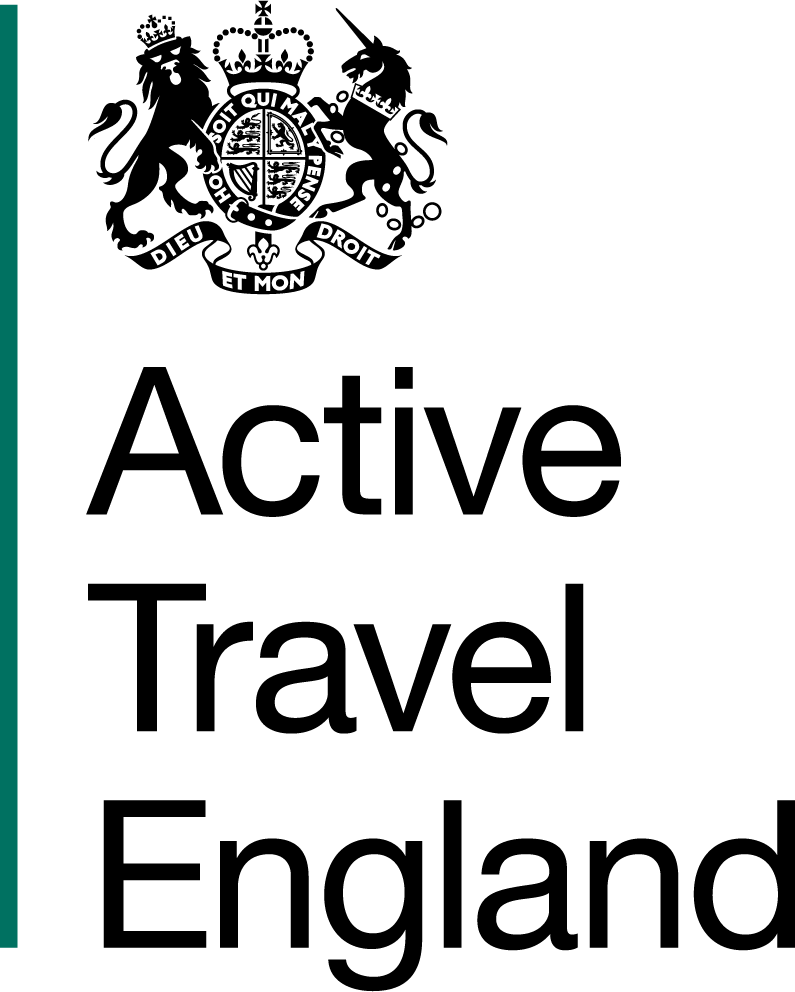4.2. REPPROC The REPPROC Principles are a useful framework for planning, delivering and reviewing your cycle training. Each letter of REPPROC stands for what good cycle training should be: Realistic; Empowering; Positive; Progressive; Rider-led; Outcome–orientated; and Continuously assessed. Realistic:...
